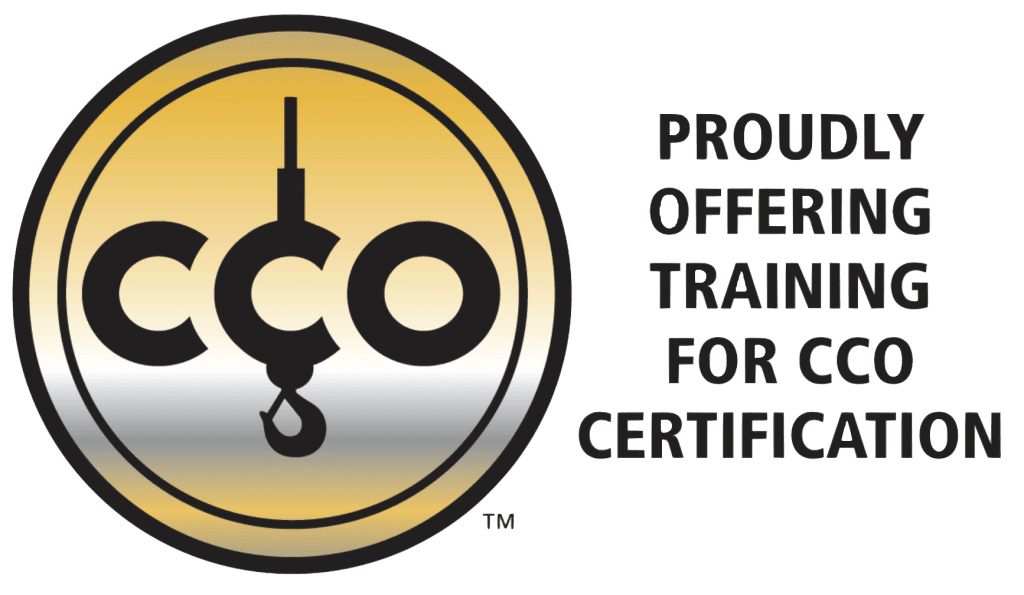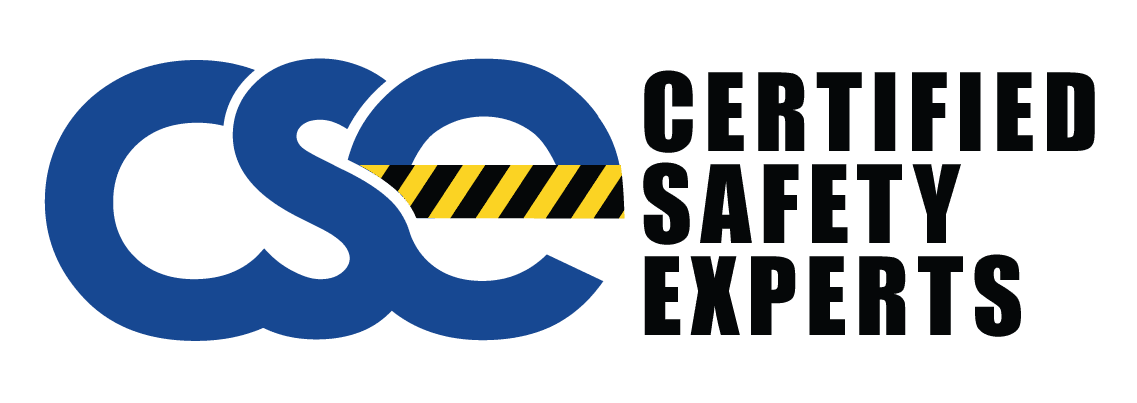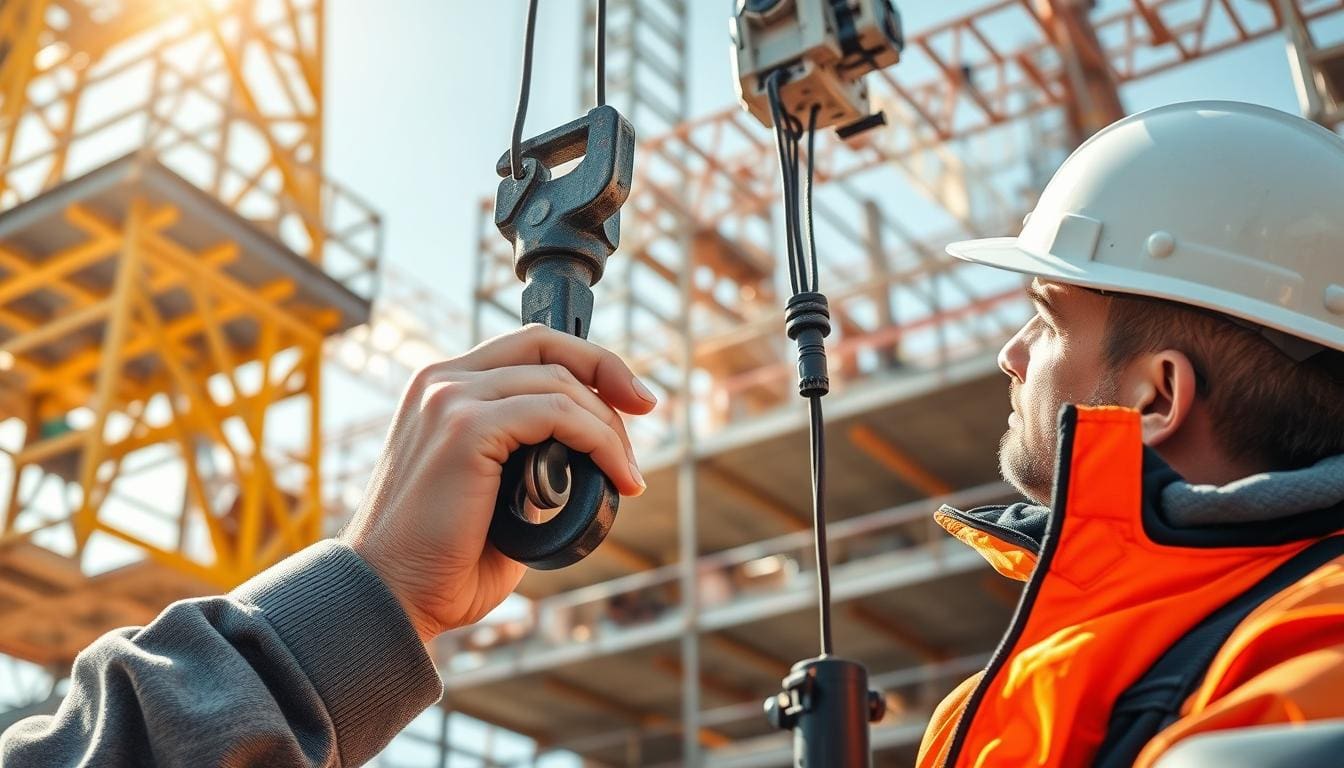Keeping cranes safe and sound is key on any job site. A detailed crane inspection checks many important parts to meet safety rules and protect workers this includes looking at the crane’s mast, jib, and boom, and checking the wires and hooks that hold the load.
The cab where the operator sits is also checked. It has controls, lights, and safety gear that need to work right. The crane electrical and hydraulic systems, which power it, are also examined closely. And, the brakes and locks that keep the crane steady are not missed.
Following a detailed inspection checklist and knowing the latest safety laws helps crane teams stay safe. Regular checks are a smart way to keep cranes running smoothly and safely. This protects everyone on the job and makes sure projects go well.
Crane Inspection: An Essential Preventive Measure
Keeping cranes safe and reliable is key on any job site. Regular inspections help spot problems early this operators can make sure the crane is safe and follows OSHA crane inspection requirements rules.
Ensuring Safety and Compliance on the Job Site
Crane inspections are crucial for worker and public safety. They find issues that could make the crane unstable or break. This reduces accident risks and keeps the site safe and legal.
Regular checks are vital for crane safety. They fix problems before they get worse this keeps the crane working well and the site safe and efficient.
| Inspection Area | Key Considerations |
|---|---|
| Structural Components | Check the mast, jib, and boom for damage or wear. |
| Wire Ropes and Hooks | Look at the wire ropes, hooks, and other parts that hold the load. |
| Operator Cab | Make sure controls, indicators, and safety gear work right. |
| Electrical Systems | Check that the crane’s electrical parts work as they should. |
| Hydraulic Systems | Inspect the hydraulic pumps, valves, and cylinders for problems. |
| Braking and Locking Mechanisms | Test if the crane’s brakes and locks work well. |
The Crane Inspection Checklist
Doing a thorough crane inspection needs a detailed checklist. It should look at the crane’s structure, wire ropes, and hooks. Also, the operator cab, electrical systems, hydraulic systems, and brakes. A standard inspection protocol helps find any needed maintenance procedures or parts to replace.
The crane inspection checklist covers important areas:
- Structural components (mast, jib, and boom)
- Wire ropes and hooks
- Operator cab and controls
- Electrical systems
- Hydraulic systems
- Braking and locking mechanisms
Each part needs a close look to make sure the crane works safely and well. By checking each part, operators can spot problems early. This keeps the crane in good shape, making the job site safer and more productive.
| Inspection Area | Key Inspection Points |
|---|---|
| Structural Components |
|
| Wire Ropes and Hooks |
|
| Operator Cab |
|
| Electrical Systems |
|
| Hydraulic Systems |
|
| Braking and Locking Mechanisms |
|
Structural Components
The crane’s parts like the mast, jib, and boom are key to its stability. A detailed crane inspection checks these parts for any issues. This ensures the crane works well and safely.
Examining the Mast, Jib, and Boom for Defects
The mast is vital as it holds up the crane. Inspectors look for wear, damage, or bends they check for cracks or corrosion that could weaken it.
The jib, which carries the load, also needs a close look. Inspectors search for any bends or twists these could harm the jib’s strength and stability.
The boom, which moves the load, is another important part. Inspectors look for cracks or wear this ensures the boom can handle loads safely.
By checking the mast, jib, and boom, operators keep the crane safe this allows for reliable work on the job site.
Wire Ropes and Hooks: Critical Load-Bearing Elements
Crane safety is crucial, and wire ropes and hooks are key. They are vital for a crane’s safe use. Regular checks are needed to keep them in good shape. Without proper checks, the crane can’t lift loads safely.
Inspecting wire ropes is important. Technicians should look for wear, fraying, or damage these can weaken the rope. Factors like weather, overuse, and bad handling can cause damage.
Crane hooks also need careful checks. Inspectors should look for any signs of damage or wear this ensures the hooks can hold the load securely.
| Component | Inspection Criteria | Potential Issues |
|---|---|---|
| Crane Wire Ropes |
|
|
| Crane Hooks |
|
|
Keeping crane wire ropes and hooks in good shape is essential. Regular checks help ensure the crane works safely. This is a key part of keeping everyone and the equipment safe.
Operator Cab: The Control Center of Crane Operations
The operator cab is the heart of crane operations. It’s key to check it well for safety and function. Inspectors look closely at controls, indicators, and safety devices to make sure everything works right.
Inspecting Controls, Indicators, and Safety Devices
Inspecting the crane operator cab starts with the controls. Inspectors check if all levers, switches, and buttons work well. This lets the operator move the crane accurately.
They also check if indicators like the load moment indicator work right. These indicators help the operator know important details.
It’s very important to check the safety devices in the cab. Inspectors test the emergency stop button to make sure it works well. They also look for any damage or things that could block the operator’s view or access to controls.
| Inspection Item | Crane Inspection Requirements |
|---|---|
| Controls | All levers, switches, and buttons must be in good working order and allow precise crane maneuverability. |
| Indicators | Load moment indicator, crane level indicator, and other visual aids must be functioning properly to provide critical information to the operator. |
| Safety Devices | Emergency stop button must be easily accessible and responsive, and the cab structure must be free of obstructions or damage. |
By carefully checking the controls, indicators, and safety devices in the crane operator cab, inspectors help keep the crane safe and efficient. This protects the operator and the area around the crane.
During a Crane Inspection, Which of the Following Must Be Inspected?
How often does a periodic crane inspection occur? crane inspections are vital for safety and reliability a detailed crane inspection checklist is important it ensures all essential components are checked for any problems.
The crane’s structure, like the mast, jib and boom, needs a close look. This is to spot wear, damage, or any shape changes. Wire ropes and hooks, which handle heavy loads, must also be inspected carefully.
The operator cab is another important area. It houses controls and safety devices. These need to be checked to make sure the crane can be used safely.
- Structural Components (mast, jib, boom)
- Wire Ropes and Hooks
- Operator Cab
- Electrical Systems
- Hydraulic Systems
- Braking and Locking Mechanisms
Other important parts include the crane’s electrical and hydraulic systems. Also, the braking and locking mechanisms need a thorough check. This ensures the crane works well and safely.
| Inspection Area | Key Considerations |
|---|---|
| Structural Components | Check for signs of wear, damage, or deformation in the mast, jib, and boom. |
| Wire Ropes and Hooks | Ensure the wire ropes and hooks are in proper working condition and can safely support heavy loads. |
| Operator Cab | Inspect the functionality of controls, indicators, and safety devices to ensure safe operation. |
| Electrical Systems | Verify the proper functioning of all electrical components and systems. |
| Hydraulic Systems | Inspect pumps, valves, and cylinders to ensure the smooth operation of hydraulic systems. |
| Braking and Locking Mechanisms | Ensure the brakes and locking mechanisms are working correctly to provide safe operation. |
By checking each critical part, crane operators and maintenance teams can find and fix problems early. This keeps the crane safe and reliable to use.
Electrical Systems
The crane’s electrical systems are key to its safe and reliable use. Inspectors check the crane’s electrical parts, like wiring and controls, during an inspection. This ensures the crane electrical systems work well and meet industry standards.
Inspectors look for damage, corrosion, or wear in the electrical systems. Finding and fixing these issues helps keep the electrical inspection and safety and compliance up to par. This protects the crane and the workers around it.
- Inspect wiring for signs of damage or wear, such as fraying, cracks, or loose connections.
- Assess the condition of electrical controls, including switches, buttons, and indicators, ensuring they are functioning correctly.
- Verify the proper operation of safety devices, such as limit switches and emergency stop mechanisms, to ensure the crane can be safely shut down in the event of an emergency.
- Check for any evidence of water intrusion or moisture buildup that could lead to electrical issues.
- Ensure all electrical components are properly grounded and that the crane’s overall electrical system is in compliance with relevant safety codes and regulations.
Inspectors carefully check the crane’s electrical systems. This helps keep the equipment running smoothly, reliably, and safely. A good maintenance routine prevents breakdowns, saves time, and keeps workers safe.
Hydraulic Systems
The hydraulic systems of a crane are key to its smooth operation. They power the crane’s parts that help lift and move loads. During a detailed crane check, the hydraulic pumps, valves, and cylinders are closely looked at. This ensures they work well and keep the crane running right.
Inspecting Hydraulic Pumps, Valves, and Cylinders
Inspectors need to check the crane’s hydraulic pumps, valves, and cylinders carefully. They look for any wear, damage, or issues that could affect the crane’s smooth work. They check for:
- Leaks in the hydraulic system
- Worn or damaged hoses and fittings
- Proper functioning of control valves
- Smooth movement of hydraulic cylinders
- Adequate hydraulic fluid levels and quality
By closely examining these important parts, inspectors make sure the crane’s crane hydraulic systems are in top shape this allows for smooth crane operation and reduces the chance of unexpected stops or safety risks during hydraulic component inspection.
Keeping the crane’s hydraulic systems healthy and reliable is crucial for its performance and safety. Regular checks and maintenance can prevent expensive breakdowns. This ensures the crane works at its best.
Braking and Locking Mechanisms
It’s key to have crane braking systems and locking mechanisms working right for crane safety. During a safety inspection, inspectors need to check these parts closely. They make sure they work as they should.
The crane’s braking system is crucial for controlling movement and stopping the load. Inspectors should look at the brake pads, drums, and other parts for wear or damage. They also check if the brakes can handle the maximum load without slipping or failing.
The locking mechanisms that keep the crane’s boom, jib, and parts in place are also important. These locks prevent the crane from moving when it shouldn’t. Inspectors check if these mechanisms work well and look for any wear, corrosion, or issues that could make them unreliable.
| Inspection Item | Inspection Criteria |
|---|---|
| Braking System |
|
| Locking Mechanisms |
|
Inspecting the crane braking systems and locking mechanisms thoroughly is vital. It ensures the crane operates safely, protecting the equipment and workers on site.
Record-Keeping: Documenting Inspection Findings
Keeping detailed crane inspection records is key for crane safety. These records show the crane’s safety and meet industry rules.
Inspectors must write down all they find during an inspection. They note any problems or fixes. This careful record-keeping has many benefits:
- It tracks the crane’s history and maintenance needs.
- It helps plan for future inspections and maintenance.
- It proves the crane meets crane inspection records, maintenance documentation, and regulatory compliance rules.
By keeping up with crane inspection records and maintenance documentation, crane teams can understand the crane’s state. This helps prevent sudden failures and keeps the crane running longer. It also ensures they follow all rules.
| Record Type | Importance |
|---|---|
| Crane Inspection Reports | Detailed records of what’s found during inspections, including any problems or fixes. |
| Maintenance Logs | A timeline of all maintenance, like regular checks, repairs, and part swaps. |
| Regulatory Compliance Documents | Proof that the crane operation follows all rules and standards. |
By keeping these detailed crane inspection records, maintenance documentation, and regulatory compliance records, crane operators keep their equipment safe. They also show they follow the best practices in the industry.
Regulatory Compliance
Crane inspections are key for safety and reliability they also help meet local, state, and federal rules. Inspectors need to know OSHA standards and other rules from industry groups or local authorities.
Understanding Local, State, and Federal Regulations
Following Osha crane inspection regulations is vital. It keeps crane operators and maintenance teams safe. Not following OSHA compliance can lead to big fines and penalties.
Keeping up with industry standards is also important. Groups like the American Society of Mechanical Engineers (ASME) update their rules often. This ensures crane work is safe and efficient. Regular checks help crane operators stay ahead and serve their clients better.
| Regulation | Description | Enforcement Agency |
|---|---|---|
| OSHA 1910.179 | Overhead and Gantry Cranes | Occupational Safety and Health Administration (OSHA) |
| OSHA 1926.1400 | Cranes and Derricks in Construction | Occupational Safety and Health Administration (OSHA) |
| ASME B30.5 | Mobile and Locomotive Cranes | American Society of Mechanical Engineers (ASME) |
Scheduling Regular Inspections
Setting up a regular schedule for crane inspections is key to keeping them safe and reliable. By doing inspections at set times, crane teams can spot and fix problems early. This makes sure the crane works safely, lowering the chance of accidents and keeping everyone safe.
A good crane inspection schedule is essential. It needs thorough records and follows all rules. Regular preventive maintenance also helps. It makes the equipment last longer and promotes a safe work environment.
By focusing on regular crane checks, teams can avoid big problems and keep everyone safe. This dedication to inspections and upkeep is vital for managing cranes well. It helps construction and industrial projects succeed.




